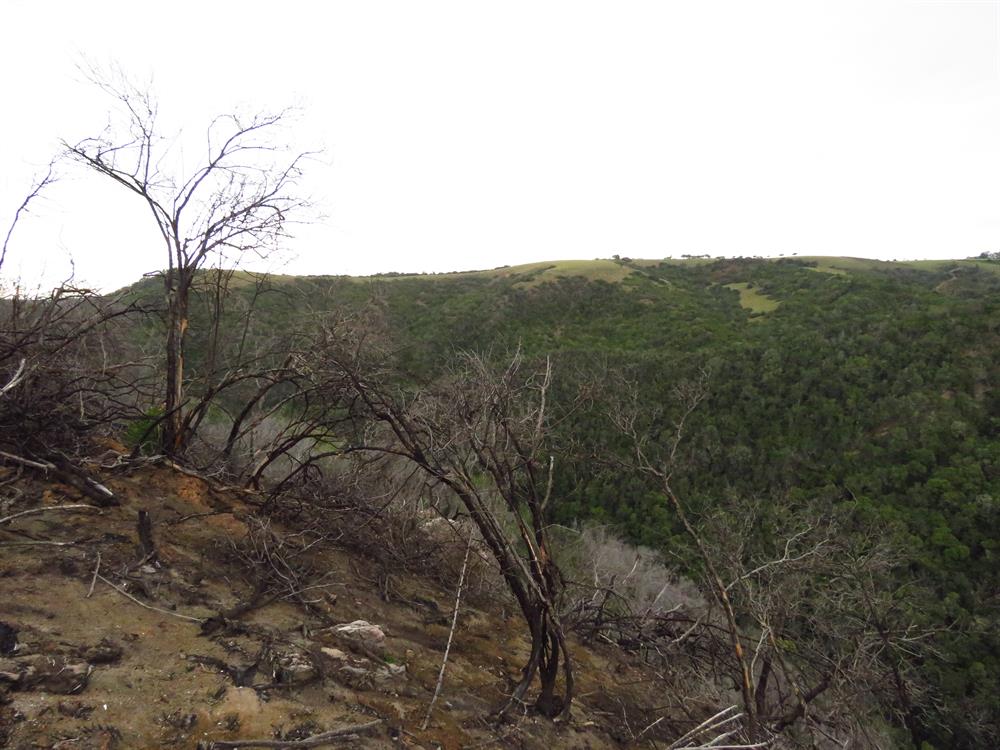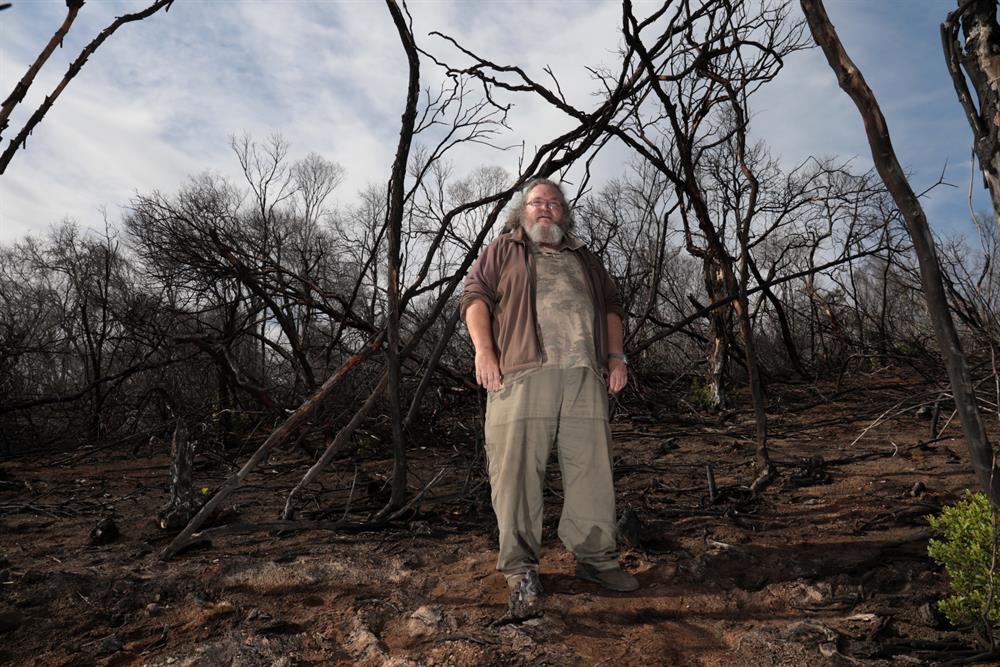Update Video
KNYSNA NEWS & VIDEO- Aspects of the long-awaited Council for Scientific and Industrial Research (CSIR) report on the cause of the 7 June 2017 fires, which promises to be released today (Thursday 28 June), was preempted by the investigative magazine Noseweek on Thursday 21 June.
The article places a strong emphasis on Knysna's former fire chief Clinton Manuel, whose assertion was that the fire was caused as a result of flammable material such as pine cones and planks introduced into the Elandskraal area. (Cones were found where no pine trees grew and stacked planks were found nearby). He postulated that weather conditions on the day also fuelled the fire.
'Blow to Manuel and Chetty'
The Noseweek article warned that the CSIR's findings would come as a "blow" to Manuel and municipal manager Kam Chetty, as it would finally refute the theory that the fire was caused by human intervention. The Noseweek article implies that the CSIR report concurs with AfriForum's theory.
AfriForum, whose report was compiled by Dr David Klatzow with a sizeable contribution from Elandskraal resident and Eskom engineer Dr Wallace Vosloo, states the June fire was the result of a lightning strike in the Elandskraal area months before which caused underground smouldering. Fuelled by weather conditions on the day, the smouldering flared up into a full-blown blaze.
Negligence implicated
The theory is that the smoulder was left unattended, and implicates Manuel and the broader Knysna fire prevention fraternity as having been negligent in their responsibilities to curb it in time by ignoring the community's pleas to attend to the matter.
 Forensic scientist Dr David Klatzow explains his conclusions at a media conference in August last year. Photo: Rozier van Tonder.
Forensic scientist Dr David Klatzow explains his conclusions at a media conference in August last year. Photo: Rozier van Tonder.
Both Manuel and CSIR group manager: communication and stakeholder relations Tendani Tsedu refuted Noseweek's claims published last week.
Manuel told this newspaper on Monday 25 June that he did not see the article nor the report. "Between me and the CSIR we decided to ignore the Noseweek article," he said. He cited an anonymous scientist as the CSIR representative that shared his view with him (Manuel), and sent Knysna-Plett Herald (KPH) a copy of the message the scientist allegedly sent him, which read, "Hi Clinton. There is another Noseweek article with wild allegations and factual errors. Please ignore it." Manuel eventually agreed to try and provide the scientist's name and details, but later said the man told him that he was not authorised to speak to the media.
Watch a video below:
'Goal: report what happened'
The CSIR office – via Tsedu and CSIR media manager David Mandaha – responded that they would only comment on the content provided in the report after it has been officially released. Tsedu, however, conceded that the purpose of the report had little to do with Manuel per se, and its goal was not to prove or disprove any one theory of what caused the fire in Elandskraal. "We want to report accurately on what happened," he said.
AfriForum spokesperson Reint Dykema told KPH this week that the organisation will wait for the report's official release, possibly later today, in order to weigh it up against the report compiled for it by Klatzow. "Only then will we officially comment on it," said Dykema.
'Focus on where and why'
He, however, found nothing untoward about Noseweek's latest article. "'It is important that the focus should be on where exactly and why the fire started," he said, adding that there are many theories that threaten to send the origins of the fire off on a tangent.
Vosloo, whose house in Elandskraal was one of the first to be engulfed by flames, feels the CSIR report (to which he also contributed), will bring forth the truth.

He said the Noseweek article is factually correct, but that some quotes are attributed incorrectly to him and others. "I think the writer fused some old information and new information which confuses things a bit. If you take all the names out though, I believe all the facts are still there."
He added that he believes the writer's intentions were to highlight the fact that Manuel disputed the existence of the CSIR report, and that the former fire chief still stands by his pine cone theory.
'Authorities were warned'
"What we must not forget is that, irrelevant (sic) of the two existing theories, the community of Elandskraal reported a smoulder months before the blaze to both the municipal fire station and the local fire protection association, but that they did not act on it. If the lightning theory is confirmed by the CSIR report it would only be the tip of the iceberg," added Vosloo.
He reiterated that the biggest issue is that authorities were warned of the smouldering but did not act. "We await the CSIR's report in anticipation and hope it will not only bring closure to those affected but will help in preventing further disasters of this magnitude."
While these disputes regarding the cause of the fire continue, so are claims procedures against Knysna Municipality.

Damages claims piling up
Jean du Plessis, an attorney from Pretoria representing Elandskraal community members and who was also quoted in the Noseweek article, confirmed on Tuesday 26 June that he also has not seen the official CSIR report. He further confirmed that he is seeking R21-million in damages claims on behalf of his clients.
Local attorney Donald Curtis from Dercksens Attorneys Inc said that he could not comment yet on the exact tally of the claims he is handling. "We have received instruction from numerous residents to pursue action and are in the process of quantifying their claims," he said.
But what does the municipality, who stands to lose the most should the proceedings succeed, have to say about the CSIR report and the Noseweek article's allegations?
Spokesperson Christopher Bezuidenhout said on Tuesday this week that, to date, the municipality had not seen the CSIR report. "As such, we cannot comment until such time we have been provided with the document. We will also not be commenting on the Noseweek article," he said.
Bezuidenhout also confirmed that the acting fire chief position has been filled by Wayne Sternsdorf.

Jack Lundin, Noseweek reporter replies: “I have never spoken to Vosloo. The quotes from him in the current issue of Noseweek, which he apparently claims are inaccurate, were obtained from him by the editor, Martin Welz. The rest of the quotes in the article were obtained by me and are accurate, as their verbatim records will prove.”
Read a previous article: Details of CSIR report on Knysna inferno published
'We bring you the latest Knysna, Garden Route news'
















